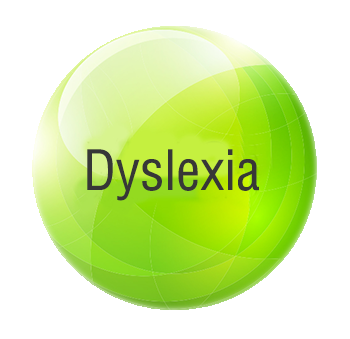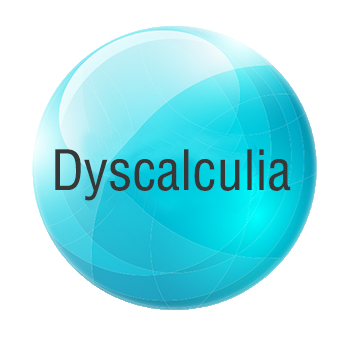
What is Dyslexia?
The British Dyslexia Association defines dyslexia as:
The word ‘dyslexia’ comes from the Greek and means ‘difficulty with words’.
It is a life long, usually genetic, inherited condition and affects around 10% of the population.
Dyslexia occurs in people of all races, backgrounds and abilities, and varies from person to person: no two people will have the same set of strengths and weaknesses.
Dyslexia occurs independently of intelligence.
Dyslexia is really about information processing: dyslexic people may have difficulty processing and remembering information they see and hear. This can affect learning and the acquisition of literacy skills.
Dyslexia is one of a family of Specific Learning Differences. It often co-occurs with related conditions, such as dyspraxia, dyscalculia and attention deficit disorder.
On the plus side, dyslexic people often have strong visual, creative and problem solving skills and are prominent among entrepreneurs, inventors, architects, engineers and in the arts and entertainment world. Many famous and successful people are dyslexic.
What is Dyspraxia?
The Dyspraxia Foundation defines dyspraxia as:
Dyspraxia, a form of developmental coordination disorder (DCD) is a common disorder affecting fine and/or gross motor coordination in children and adults. It may also affect speech. DCD is a lifelong condition, formally recognised by international organisations including the World Health Organisation. DCD is distinct from other motor disorders such as cerebral palsy and stroke, and occurs across the range of intellectual abilities. Individuals may vary in how their difficulties present: these may change over time depending on environmental demands and life experiences.
An individual’s coordination difficulties may affect participation and functioning of everyday life skills in education, work and employment.
Children may present with difficulties with self-care, writing, typing, riding a bike and play as well as other educational and recreational activities. In adulthood many of these difficulties will continue, as well as learning new skills at home, in education and work, such as driving a car and DIY.
There may be a range of co-occurring difficulties which can also have serious negative impacts on daily life. These include social and emotional difficulties as well as problems with time management, planning and personal organisation, and these may also affect an adult’s education or employment experiences.
Many people with DCD also experience difficulties with memory, perception and processing. While DCD is often regarded as an umbrella term to cover motor coordination difficulties, dyspraxia refers to those people who have additional problems planning, organising and carrying out movements in the right order in everyday situations. Dyspraxia can also affect articulation and speech, perception and thought.
What causes dyspraxia?
Although the exact causes of dyspraxia are unknown, it is thought to be caused by a disruption in the way messages from the brain are transmitted to the body. This affects a person’s ability to perform movements in a smooth, coordinated way.
What is Dyscalculia?

The Department for Education defines dyscalculia as:
‘a condition that affects the ability to acquire arithmetical skills. Dyscalculic learners may have difficulty understanding simple number concepts, lack an intuitive grasp of numbers, and have problems learning number facts and procedures. Even if they produce a correct answer or use a correct method, they may do so mechanically and without confidence.’
You might not be dyscalculic. Dyslexia can also affect the way you learn maths. Some people with dyslexic traits, by no means all, find learning by heart difficult (hence times tables and formulae), whereas they might find their way to an answer by their own route. Others make errors when calculating because they have limited ‘working memories’, and forget where they were, e.g. what figure they just had in their heads.
It may be a help to use different colours for different items (units, tens, hundreds), or to have table squares for visualising tables.